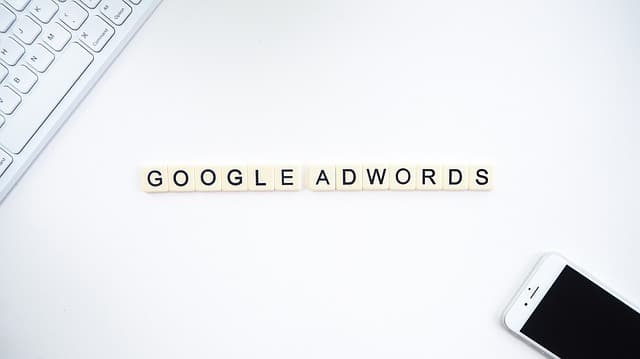Today we come to tell you a type of strategy called CPC.
What, what? CPC… the acronym stands for: cost per click.

Already, we know that in digital marketing there are many acronyms, but we are here to help you in everything you need, today we will explain this one.
If you stay, we explain exactly what it is and what advantages it has.
It may seem very complicated this world with so many acronyms, but telling you as we have told you where these acronyms come from: CPC –> Cost Per Click, we think it is not difficult, right?
It’s a way to pay for online ads. Specifically, this method is that the advertiser only pays if the user clicks on their ad.
To calculate it, you only have to divide the total sum of what this strategy has cost you, by the number of clicks that that ad has received.
CPC = total cost / number of clicks
So, a high CPC isn’t going to suit you, simply because you’ll be paying more for every click, and it won’t be profitable.
And it’s not just that you’ll be paying a lot, it’s also an indicator that the campaign is malfunctioning and needs to be optimized.
CPC is typically used in Google Ads or Facebook Ads.

Before implementing a strategy in the marketing of your online business, you always wonder what it is that will bring you good, because here you are:
The CPC is more focused on getting interested visitors who can become leads.
But there are many variables with similar acronyms, we will briefly explain what each consists of and so you will have the knowledge:

Therefore, what we will want to implement a digital strategy like this to your online business, will be to receive effective visits, which will have a minimum interest in your content and / or products, and at the same time that that cost per click is the minimum.
How can we reduce CPC?
In order to reach only the people who are going to click on your ad and interact with your website, we will have to do some previous targeting work.
That way, if we fine-tune a lot in the people who will show you the ads, it is more likely that they will give more clicks and therefore, lower the CPC.
You can fine-tune in many fields: gender, location, tastes, communication channels, devices used, work occupation, etc.
If you create a dashboard to monitor the metrics of your ads, and you analyze them, you can, in turn, improve what may be failing.
If there is something good about digital marketing apart from the fact that you can segment very specifically, and you can analyze the metrics, it is also that it is also easy to modify the actions to direct you towards your goals.
With the same keyword in your ad, you can go testing, for example with 2 ads but with different elements.
So you can see which is the most effective, discard the other and focus only on the results that the best gives you.
For example, on Facebook you can do A/B tests.
This “trick” is more for Google Ads.
You can use long tail keywords, which are keywords made up of more words. Instead of looking for “shorts” it would be “buy shorts in Tarragona”.
They are very specific keywords, and apart from the fact that they have a much greater purchase intention, they are very specific. And that means there are fewer advertisers bidding on these and the CPC would be lower.

Another method is concordances. You could, for example, use broad match. This type of matching means that when the user does a keyword search, our ad also comes out with a variation.
If our ad has been set with “buy automobile”, if we have set it with broad agreement, it would also come out with “buy car”.
But we must always be careful, because it can cause our ad to come out in synonyms that do not interest us, nor the user, and therefore nobody clicks and the CPC goes up.
There is also phrase matching and exact matching.
There are many more tricks to try to lower the CPC, such as raising the quality of your website so that they do not bounce the visits or improve the ad to raise the CTR.
If you need quick results while you develop your other organic positioning strategy, the CPC is what you need.
Of course, you will have to have the VISA prepared. We have told you the benefits that it will bring you and what it consists of, you only have to apply it.
Contact us if you need help or follow us on our Instagram profile for more tips on digital marketing strategies.
At Kiwop, we are specialists in content writing, digital marketing, web development and e-commerce.
Go ahead, pay only for visits. ?
If you want to have the website you want or increase the online visibility of your brand, we know how to do it.
Shall we start today?
Leave a Reply